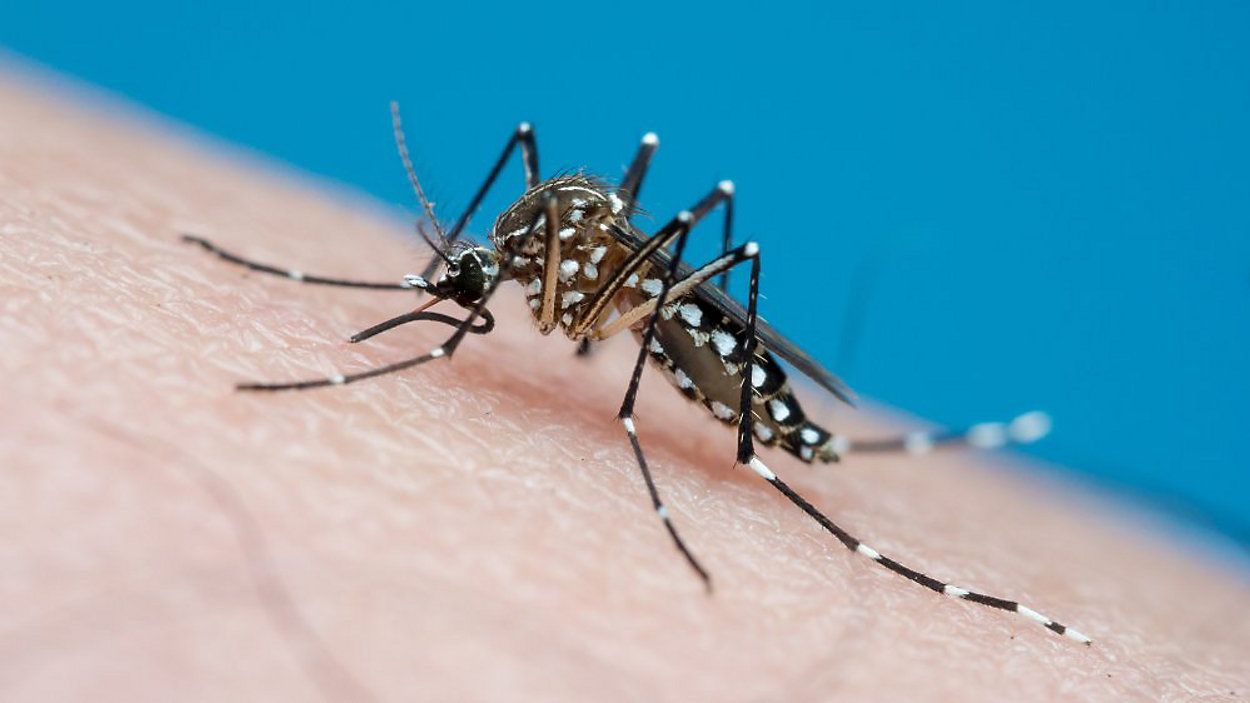Travel
DOH confirms 11th case of travel-related dengue this year

The state Department of Health has confirmed another case of travel-related dengue virus on Oahu, bringing the total number of cases detected in the state so far this year to 11.
Seven of the cases have been detected on Oahu. Three were detected on Maui and another on Kauai.
DOH said teams were deployed for inspection and mosquito control in the affected area.
Dengue virus is spread via mosquitoes. While Hawaii is home to the type of mosquitoes that can carry dengue, the disease is not endemic here and cases have only been seen in travelers. Multiple regions around the world are currently experiencing higher-than-normal dengue activity.
Dengue outbreaks occur in many parts of the world including Central and South America, Asia (including the Republic of the Philippines), the Middle East and Africa, as well as some Pacific Islands including the U.S. territories of American Samoa, the Federated States of Micronesia, the Republic of Marshall Islands and the Republic of Palau, in addition to many popular tourist destinations in the Caribbean (including Puerto Rico).
Anyone who plans to travel or has traveled to an area with dengue is at risk of infection. The Centers for Disease Control and Prevention advises travelers to practice usual precautions when traveling to areas of dengue risk, including using an Environmental Protection Agency-registered insect repellent, wearing long-sleeved shirts and long pants when outdoors, and sleeping in an air-conditioned room, a room with window screens or under an insecticide-treated bed net.
The CDC further advises travelers to review country-specific travel information for current guidance on dengue risk and prevention four to six weeks before traveling.
Those returning from an area with elevated risk of dengue should take steps to prevent mosquito bites for three weeks and seek medical attention. Symptoms of dengue develop within two weeks upon return.
Symptoms of dengue typically may include and include fever, nausea, vomiting, rash and body aches. Symptoms typically last two to seven days. While severe and even life-threatening illness can occur, most people recover after about a week.
In areas of suspected or confirmed dengue, DOH’s Vector Control Branch will conduct inspections and mosquito-reducing activities. Reducing mosquito populations reduces the chances of dengue being transmitted to other people. In areas without reported dengue cases, eliminating mosquito breeding sites in and around your home is a good practice. Mosquitoes only need small amounts of standing water to breed. Common breeding sites at home include buckets, water-catching plants (such as bromeliads), small containers, planters, rain barrels, or even cups left outside. Pouring out standing water eliminates the potential for mosquito breeding.
Michael Tsai covers local and state politics for Spectrum News Hawaii. He can be reached at michael.tsai@charter.com.










